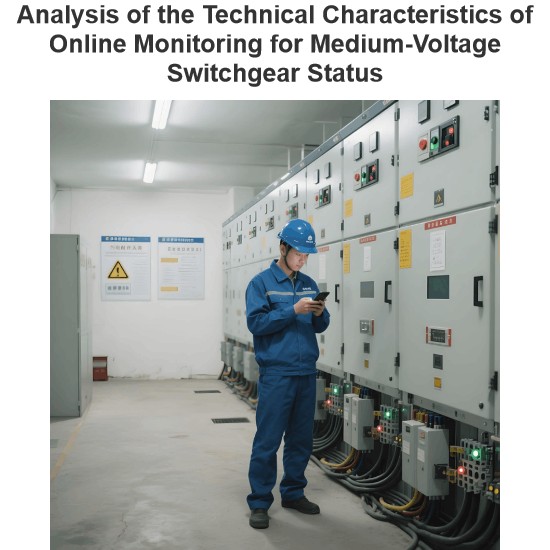What is a Vacuum Switchgear?
What is a Vacuum Switchgear?
Vacuum Switchgear Definition
Vacuum switchgear is defined as a type of electrical switchgear that uses a vacuum as the arc quenching medium, providing high reliability and low maintenance.
Dielectric Strength
For a given contact gap, vacuum provides, about eight times more dielectric strength than air and four times more dielectric strength than SF6 gas at one bar. As the dielectric strength is so high, the contact gap of vacuum circuit breaker can be maintained very small. In this small contact gap, arc quenching is safely possible due to high dielectric strength and also vacuum has the fast recovery strength after full arc interruption to its full dielectric value at current zero. This makes, vacuum switchgear, most suitable for capacitor switching.
Low Arc Energy
The energy dissipated during an arc in a vacuum is about one-tenth of that in oil and one-fourth of that in SF6 gas. This low energy dissipation is due to the short interruption time and small arc length, both resulting from the small contact gap. This means vacuum switchgear experiences minimal contact erosion, making it almost maintenance-free. Additionally, breaking a current requires less energy in vacuum circuit breaker compared to air circuit breaker and oil circuit breaker.
Simple Driving Mechanism
In SF6, oil and air circuit breaker, movement of contacts is highly resisted by highly compressed medium of arc quenching chamber. But in vacuum switchgear, there is no medium, and also the movement of contacts is quite less due to its small contacts gap, hence driving energy required is much smaller, in this circuit breaker. That is why the simple spring-spring operating mechanism is sufficient for this switchgear system, no need of hydraulic and pneumatic mechanism. Simpler driving mechanism gives a high mechanical life of vacuum switchgear.
Rapid Arc Quenching
During opening of contacts in current carrying condition, metal vapour is produced between the contacts, and this metal vapour provides a path through which electric current continuous to flow until the next current zero. This phenomenon is also known a vacuum arc. This arc is extinguished near the current zero, and the conductive metal vapor is re-condensed on the contact surface in a matter of microseconds. It has been observed that only 1% of the vapor is re-condensed on arc chamber’s side wall, and 99% of vapor re-condensed on the contact surface from where it was vaporized.
From the above discussion, it is almost clear that the dielectric strength of vacuum switchgear recovers very fast and contact erosion is almost negligible.
Up to 10 KA, the arc in vacuum switchgear remains diffused, appearing as vapor discharge over the entire contact surface. Above 10 KA, the arc concentrates at the center of the contact surface due to its magnetic field, causing overheating. This issue can be resolved by designing contact surfaces to allow the arc to travel across the surface area. Manufacturers use various designs to achieve this, ensuring minimal and uniform contact erosion.
The Electricity Encyclopedia is dedicated to accelerating the dissemination and application of electricity knowledge and adding impetus to the development and innovation of the electricity industry.













